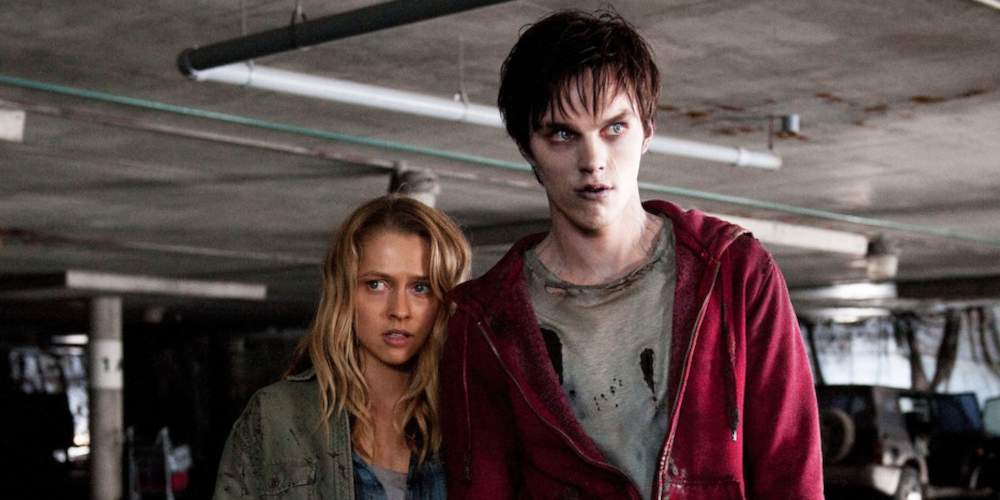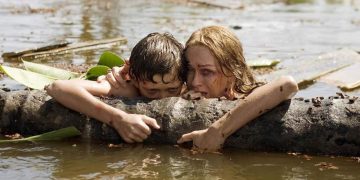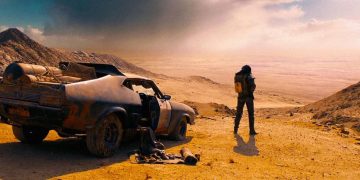They're the living dead. The walking dead. The undead. Fictional but known all around the world, zombies are creatures who were once human but raised back to life—except with rotting skin and bones, a lack of meaningful consciousness, and a craving for human flesh.
Zombies have been the subject of many horror films since the early 1930s, allegedly rooted in a Haitian belief involving voodoo superstition. In the years since, zombie movies have waxed and waned in popularity, simultaneously played out yet still interesting in a way.
To keep zombies fresh, filmmakers have been putting all kinds of spins on the zombie movie subgenre, leading to new concepts, unique takes, and subverted tropes. But in doing so, modern zombie movies have drifted away from the heart of traditional zombie movies.
Today's zombies are a different kind of entity altogether when compared to the original zombies popularized by George Romero in 1968's Night of the Living Dead. It's rather fascinating, actually.
Here are all the ways in which modern zombie movies just aren't "zombie movies" anymore, whether that's good or bad.
5. Fast Running Zombies
Unlike early zombie films, the modern undead can run down victims with ease. It gives rise to intense chase scenes where human characters are forced to catch their breath as they escape zombie hordes.
South Korea's Train to Busan ran with this concept, featuring superbly thrilling zombies and non-stop zombie chase scenes. The Resident Evil film series also featured a kind of fast zombie, including zombie dogs that were more vicious than the zombie humans.
Fast zombies are usually better suited to thriller movies than horror movies, but some films skillfully combine dark atmospheres and eerie sound effects with fast zombies for terrifying jump scares.
For example, the film Pandemic featured a POV shot in a nightvision view that had an undead zombie pop out of nowhere. It's the kind of horror that you'd normally expect in a ghost movie.
4. Infection Rather Than Reanimation
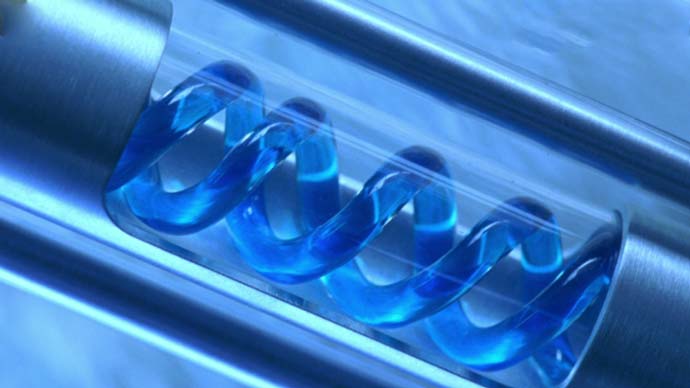
Traditionally, zombies are dead people who have been brought back to life via voodoo. That's why early zombie movies had them rising from their graves after some kind of hellish ritual.
But modern zombies are no longer tied to spirituality. Instead, zombies are usually born from a plot involving chemical leaks or virus outbreaks. No longer are dead people raised back to life; now, live humans are slowly transformed into mindless, berserk cannibals.
Kingdom: Ashin of the North has parasites that infect human bodies and alter their psychological behavior, turning them into hostile cannibals. 28 Days Later—despite its director saying it isn't a zombie movie—has zombie hordes driven mad by a virus.
Sure, they're still technically dead, and their behaviors might be pretty close to the original concept of a zombie (depending on how far the movie wants to twist them). But losing the spiritual source of zombieness fundamentally changes our experience of them as viewers.
3. Zombies That Are Self-Aware
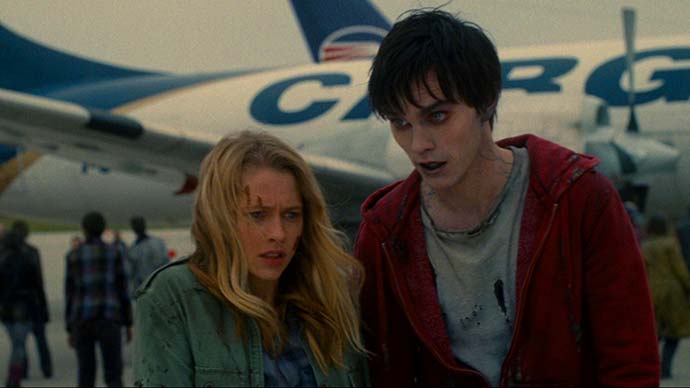
In the beginning, zombies were utterly mindless and without a sense of self. They were reanimated, not resurrected. Nowadays, zombies have started to have intelligence, consciousness, and self-awareness.
For example, the main character in Warm Bodies is a zombie named "R" who's aware of his surroundings and even falls in love with a human girl. Pet Sematary features a family brought back to life (that part is traditional) but sentient and behaving differently (this part is modern).
And then there's I Am Hero, a live-action movie adaptation of a manga series with zombies that retain parts of their memories and personalities. For example, one athletic zombie brings chaos on a human settlement with his crazy jumping ability from when he was alive.
2. Different Zombie Forms
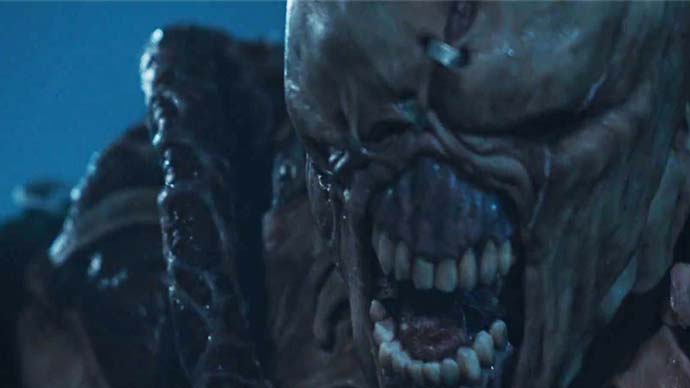
For a long time, zombies were just zombies. All zombies in a zombie movie were equally dead, mindless, and bloodthirsty. Nowadays, movies may feature different forms or levels of zombieness.
Going back to Warm Bodies, there are zombies like "R" who are still somewhat conscious, but there are also "Boneys" which are more vicious zombies that arise when a normal zombie surrenders all of their humanity.
Another example: the Resident Evil film series features special zombies that aren't just undead human corpses, but further modified by bioweapons to be humanoid soldiers.
1. Zombies Are No Longer Horror
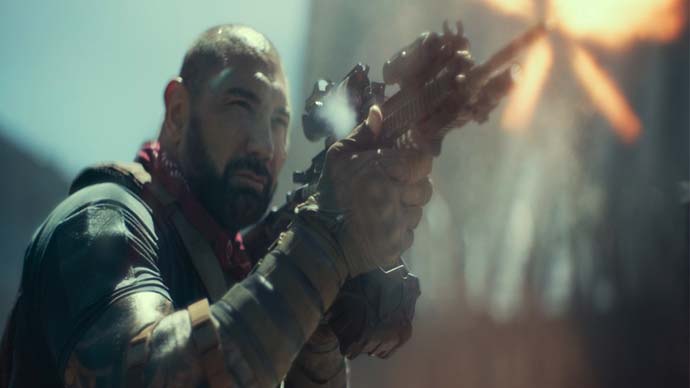
Contrary to early zombie movies, which really leaned into their horror elements, modern zombie movies have injected more action into their scenes. What used to be horrifying and otherworldly has now become little more than fodder for bullets.
Simply put, zombie movies are no longer horror movies; they're just another of the many types of action thriller movies.
Films like Versus and World War Z focus more on plot, hand-to-hand combat, and fast-paced chases. You'll find lots of guns, rockets, and bombs to fend off hostile mobs. In place of suspense and mystery, we get stunts and choreography.
What's truly sad is that zombies aren't even interesting enough to be the star of their own movies anymore. They're usually throw in as dressing on top, like in Army of the Dead and Peninsula, which are both heist movies that happen to take place in zombie-infested areas.
In some sense, the Hollywood effort to make zombies feel fresh has only made them less interesting. The further they're taken from their roots, the less zombies have to offer to cinema.
